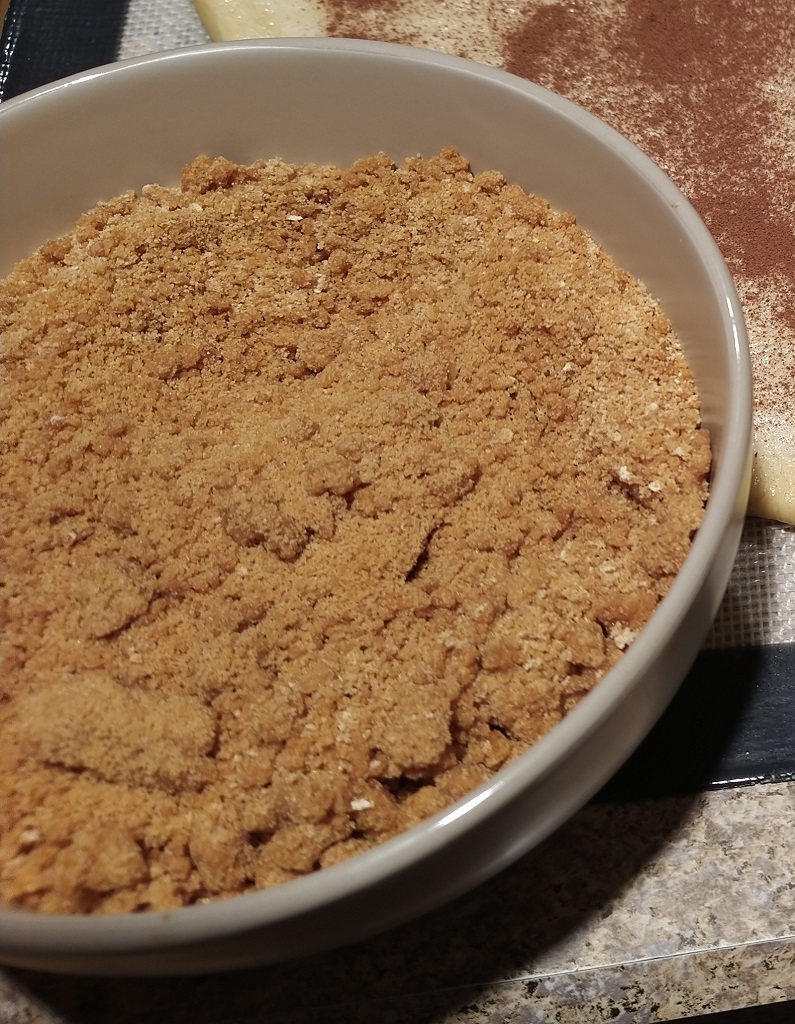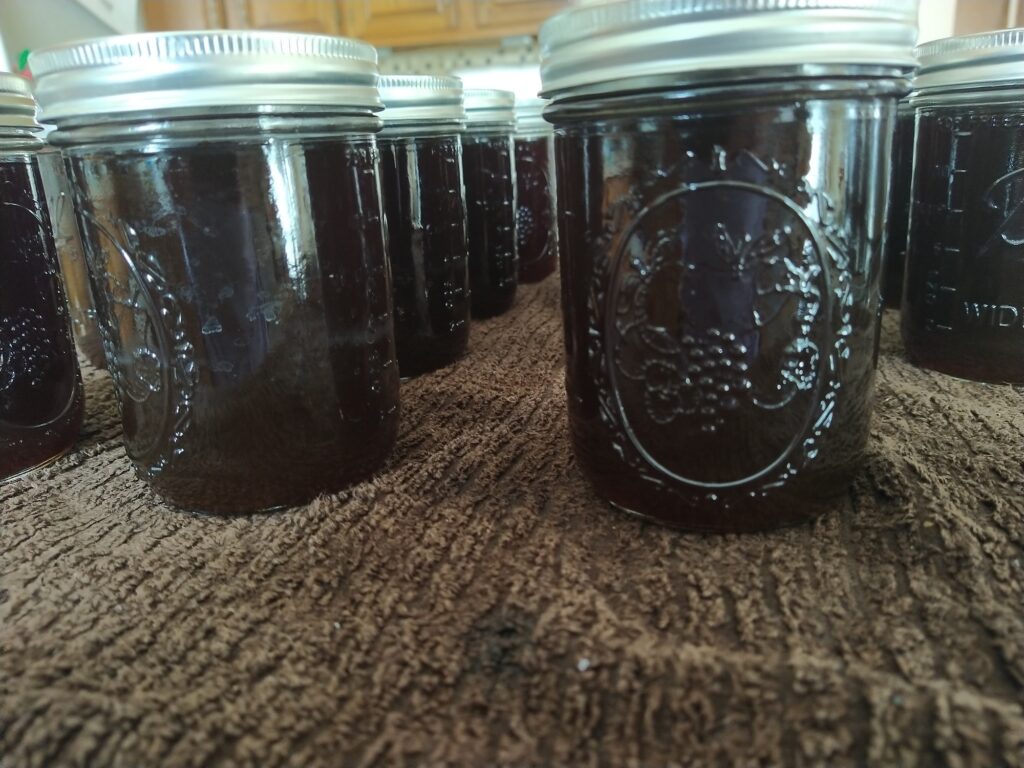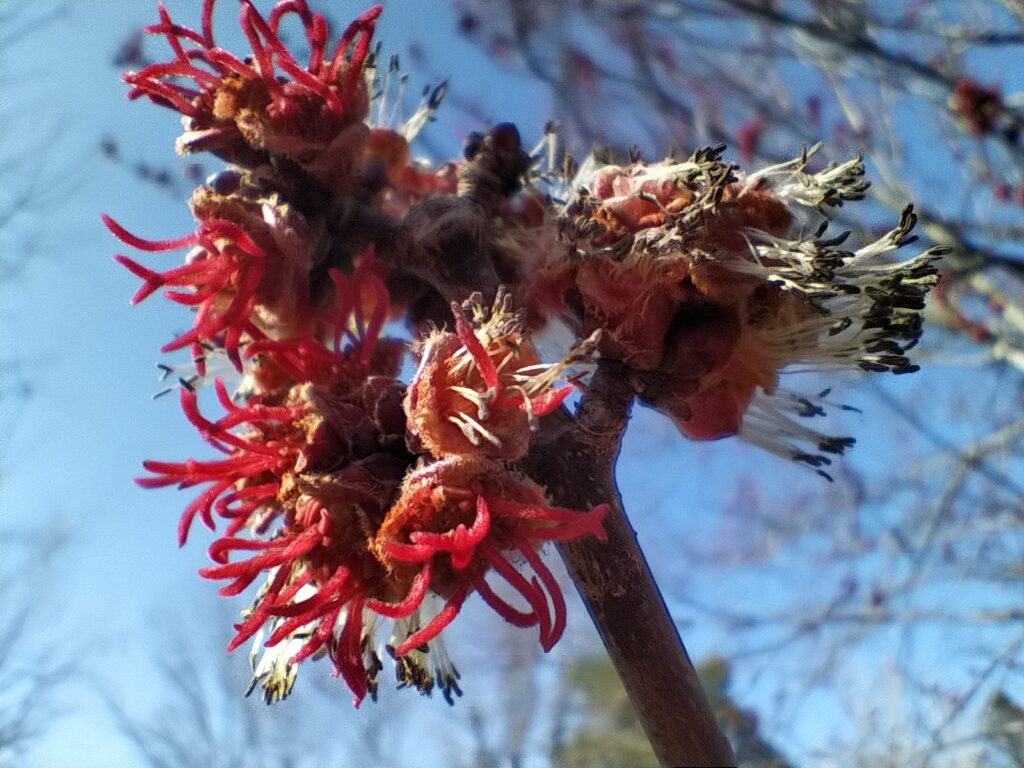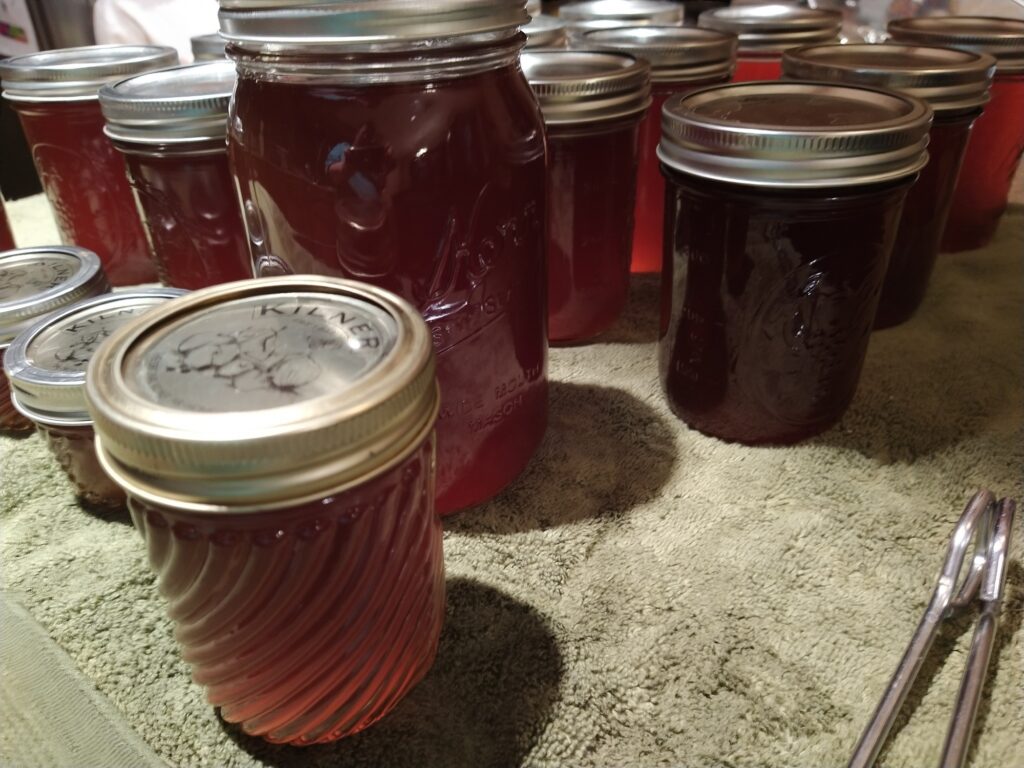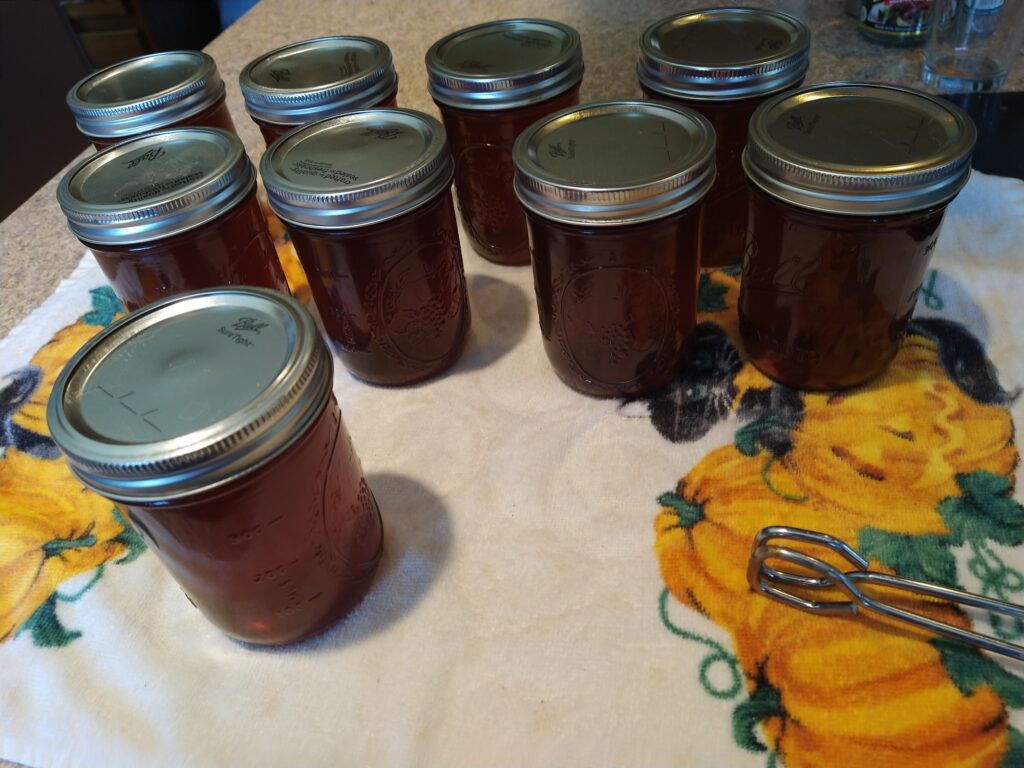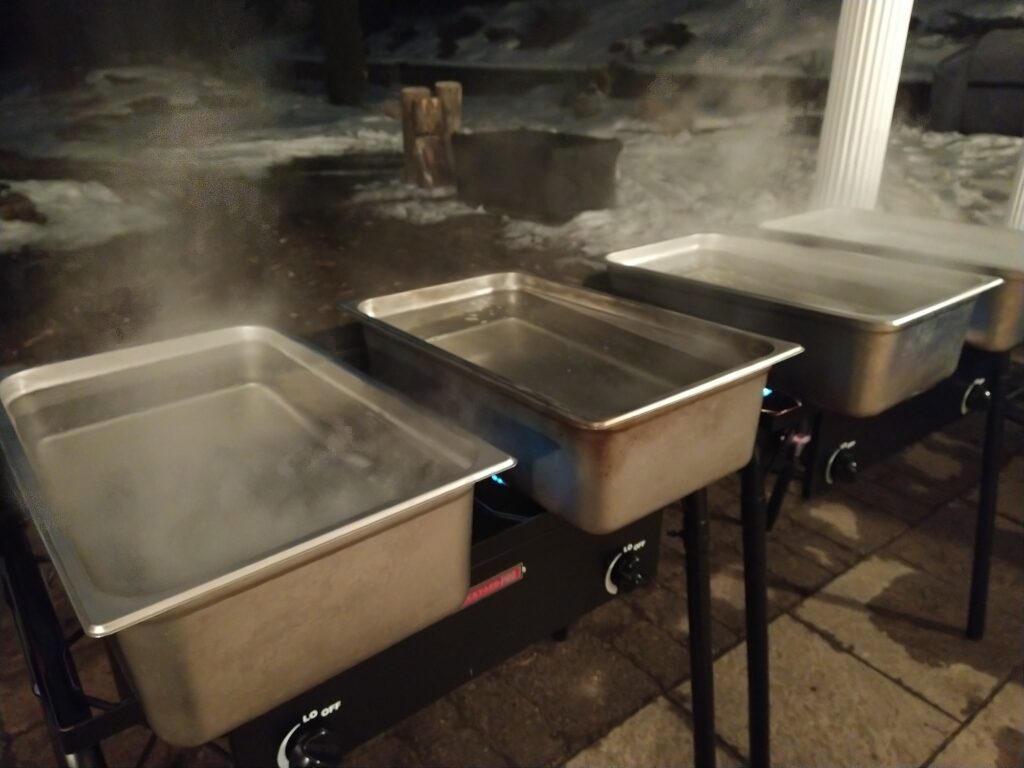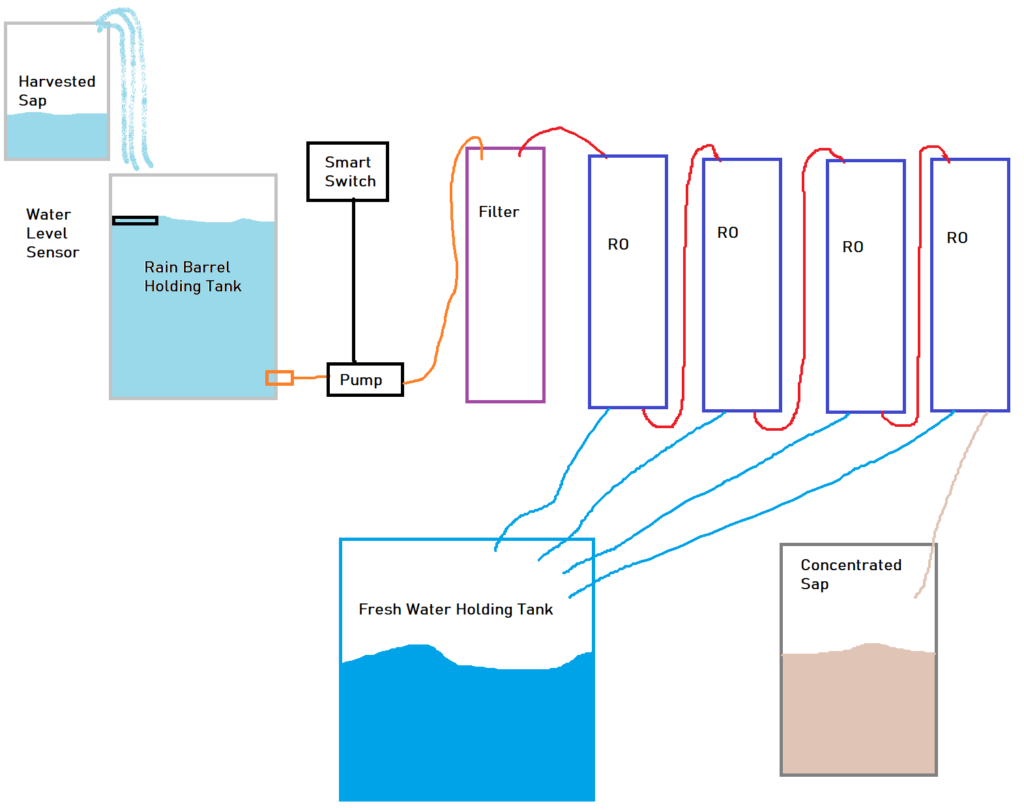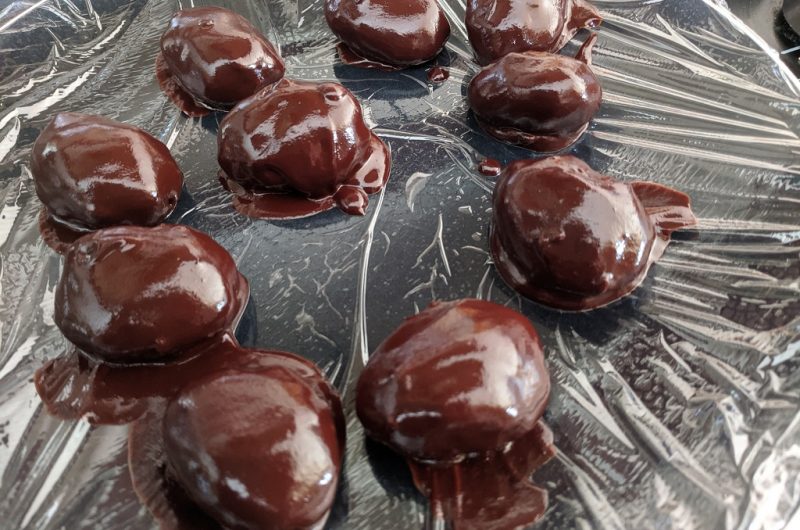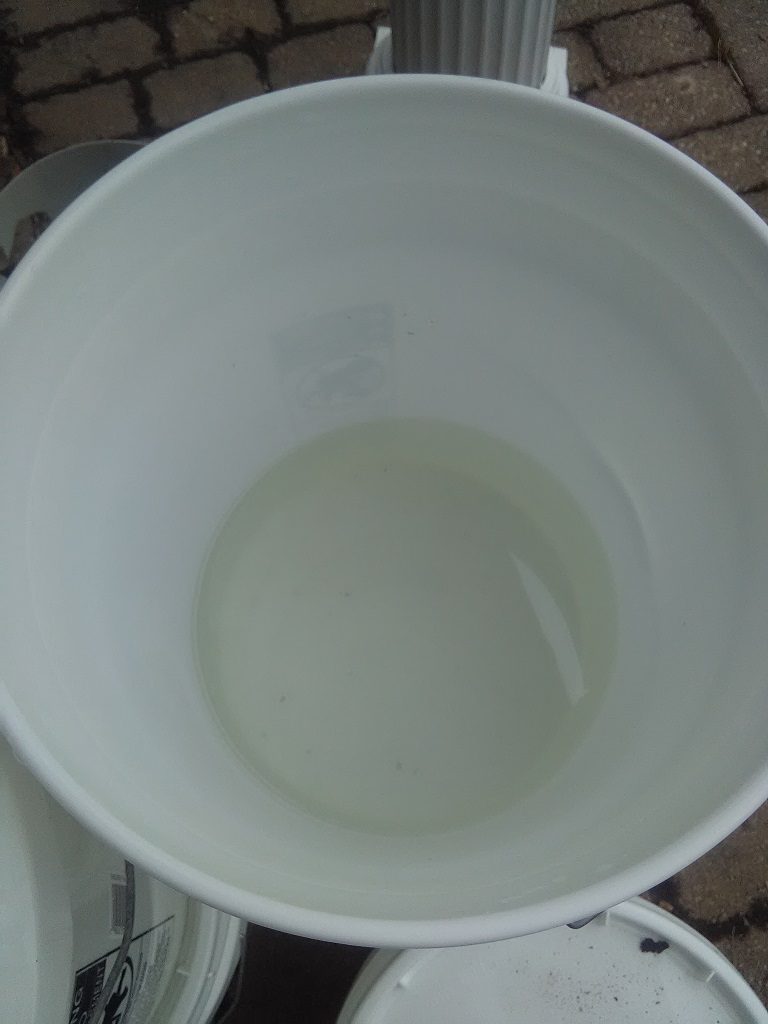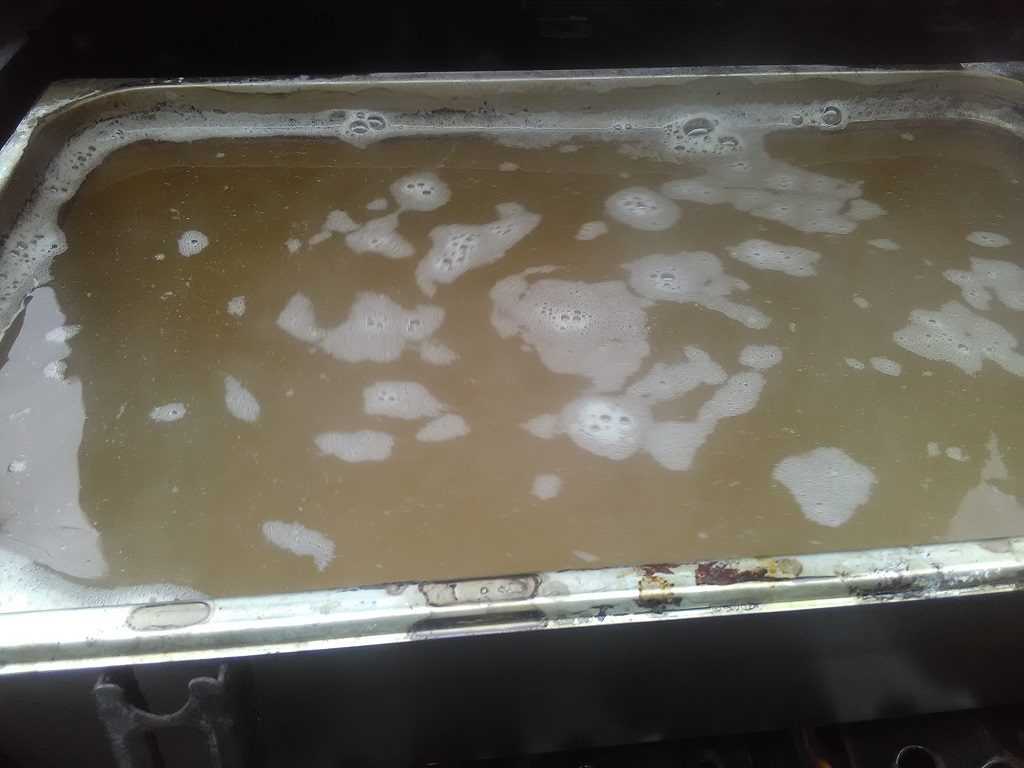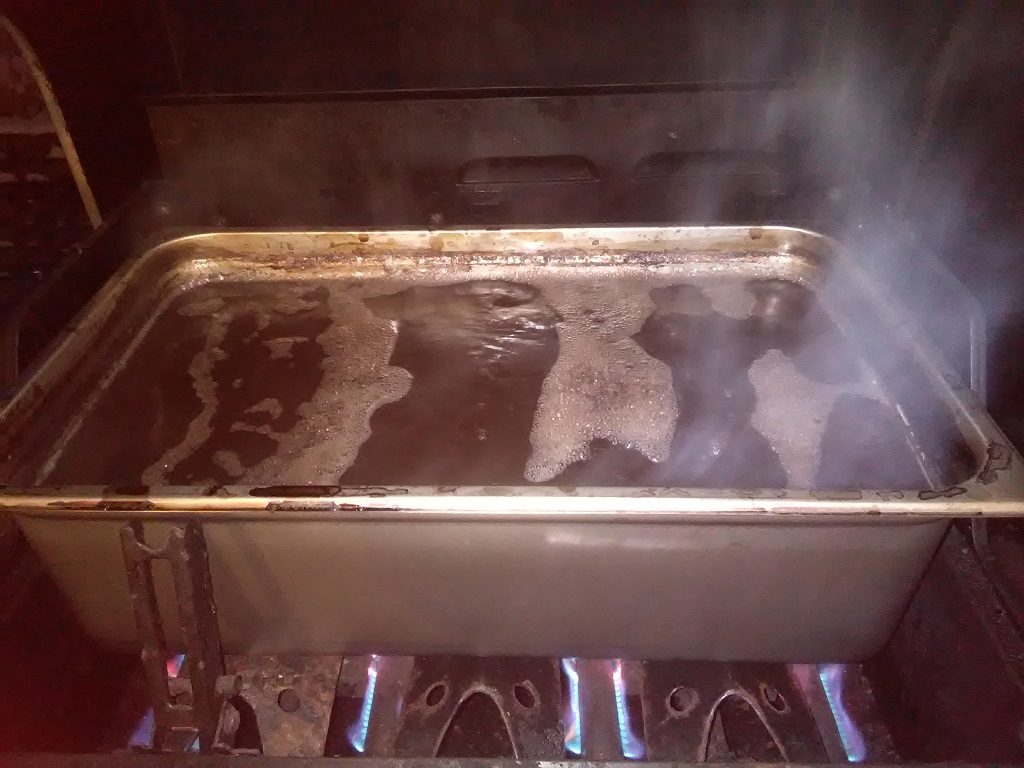I made maple sugar for cinnamon rolls — pour a bunch of maple syrup (a pint, in this case) into a pot. Preferably a pot with high walls so the whole thing doesn’t bubble over in a hot, sticky mess. Over medium heat, boil for 15-20 minutes. It’ll foam up a lot, and all of a sudden it will crystalize on top. Pull it off the heat and stir to break up the hardened maple.
Tag: maple
2021 Maple Syrup Season – Final batch
Bud break
Maple Syrup Batch 2
Maple Syrup Batch 1
Maple Season Begins
DIY Reverse Osmosis Filter for Maple Sap
Notes from the reverse osmosis system build we are planning:
Ideally, we run RO inside — lose 3% efficiency on RO for every degree drop, and systems are rated at 77 F. Is this bad for sap storage, though?
Multiple RO membranes connected in series (“dirty” out goes to next one’s “in”, “clean” out goes to fresh water collection). 3x or 4x membrane — more concentrated as fluid runs through each of the membranes. Diminishing returns, 3-4 max units.
Process:
Sap goes into rain barrel — need valve out from rain barrel. Sensor in sap holding tank and smart outlet for pump — turn off pump when tank is near empty.
Pumped from rain barrel holding tank to filter. Output from filter to input on first RO.
“Fresh water” output from each RO goes to fresh water holding tank (rain barrel). “Dirty stuff” output from each RO goes to input on next RO for farther concentration.
“Dirty stuff” output from final RO, the concentrated sap, goes into Digiboil (65L, ~17 gallons of liquid)
Little pump we use for brewing draws from Digiboil to fill boil trays on the burners.
RO system:
Pump — need to compare this one and this $40 one.
Water filter housing Either with 1/4″ inputs or 3/8″ inputs — prefer 3/8″
Water filter 10″ long x 2.5″ across filters — these look like they’d fit
RO membrane & housing combo but we can get replacement things from Ali for about $10
Connections:
Something from rain barrel to 3/8″ input on pump — GHT female and 3/8″ male
Something from 3/8″ output on pump to 3/8″ input on filter
Something from 3/8″ output on filter to 1/4″ input on RO
3/8″ tubing from rain barrel to pump, from pump to filter, and from filter to RO
1/4″ tubing to run between RO filters
1/4″ tubing from each RO to fresh water holding tank
1/4″ tubing from last RO to Digiboil
Maple Peanut Butter Eggs
Maple Peanut Butter Eggs
Course: DessertDifficulty: EasyIngredients
- Peanut Butter Filling
1 cup chunky peanut butter (unsweetened)
1/4 cup maple syrup
1 tbsp vanilla extract
1/4 cup all-purpose flour
- Maple Chocolate
4 oz 100% cocoa bakers chocolate
2 tbsp coconut oil
1/3 cup maple syrup
1 tbsp maple sugar
Method
- Line a plate with clingfilm or wax paper
- Combine the peanut butter filling ingredients and mix to combine
- In a double boiler, melt coconut oil
- Add chocolate to coconut oil and melt
- Stir in maple syrup and maple sugar
- Take about a tablespoon of peanut butter mixture and roll into an egg shape
- Roll peanut butter egg in chocolate to coat
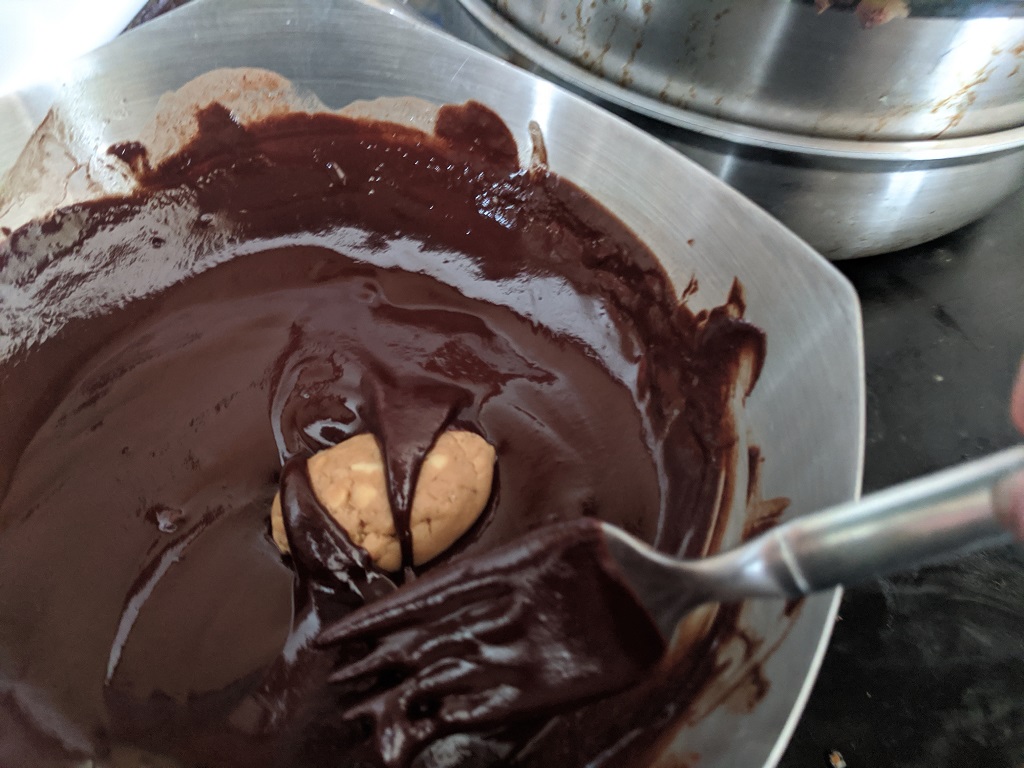
- Carefully remove coated egg from chocolate and place on lined plate
- Once all eggs are coated, refrigerate for a few hours to solidify
Notes
- Because coconut oil is used in this chocolate, it has a very low melting point — it’ll make a mess if you hold it in your hand as you eat it. Replacing the coconut oil with butter would raise the melting point.
Maple Sap Season Coming To A Close
We’re getting to the end of maple sap season – collecting a last batch of sap and boiling this week. We should get another gallon or so of syrup, but the red maples are well into leafing out. I’ve heard a lot of descriptions of the sap flavour after bud-break … to me, it is tannin heavy. That would put us around four gallons of syrup for the year — and re-enforce my belief that the algorithm determined tapping date is when we should tap – even if that’s the second week of January!
Stages Of Maple Sap
I was surprised to find out people think maple sap is yellow. I never really thought about it, but I happened to see “maple water” for sale at a market. Clear liquid in a clear glass bottle. The ingredients were 100% maple sap … so I knew it was clear before I’d even thought to wonder. I’ve seen sap with a slightly yellow tint. We pull the taps as the tree leaves begin to bud, so it is possible the sap yellows more throughout the year. But maple sap is clear.
As it is boiled, the sap begins to caramelize. Caramelization is what gives maple syrup a golden brown color – darker syrup is formed from sap harvested later in the year. Lighter syrup is from sap harvested earlier in the year.
As the sap boils down, the color will get darker and the flavor will get sweeter and, well, maple-ier.
